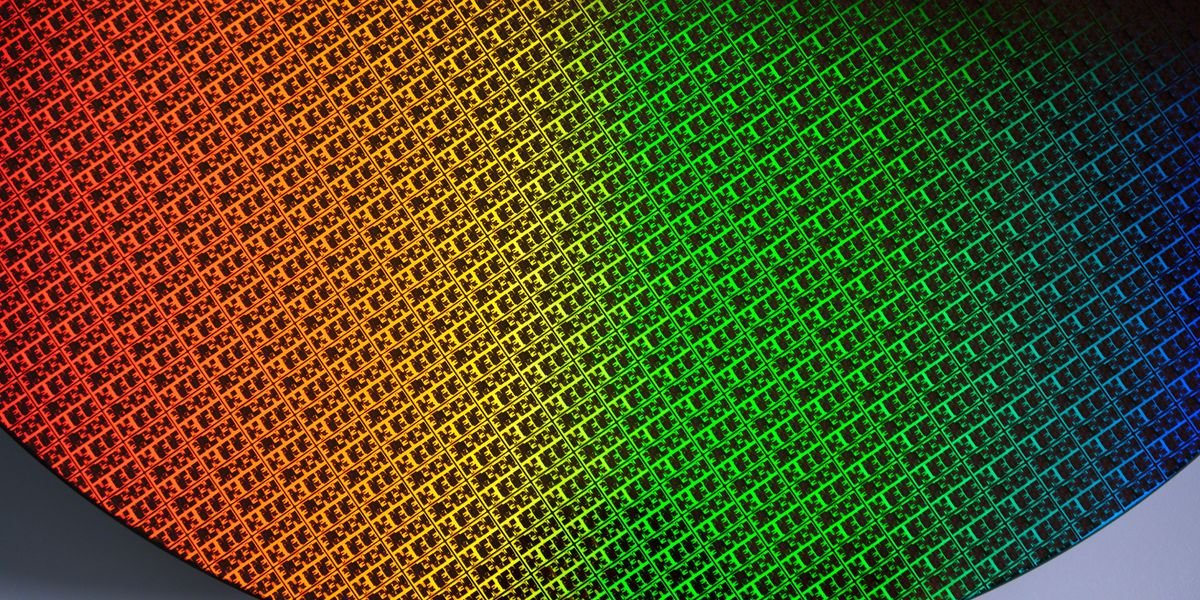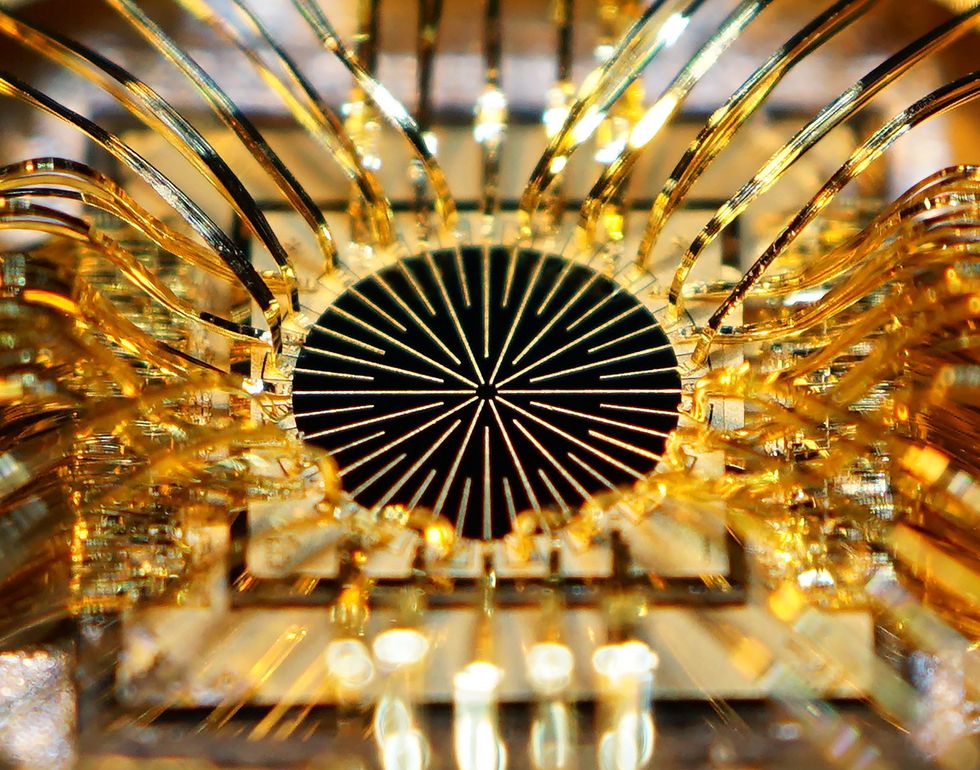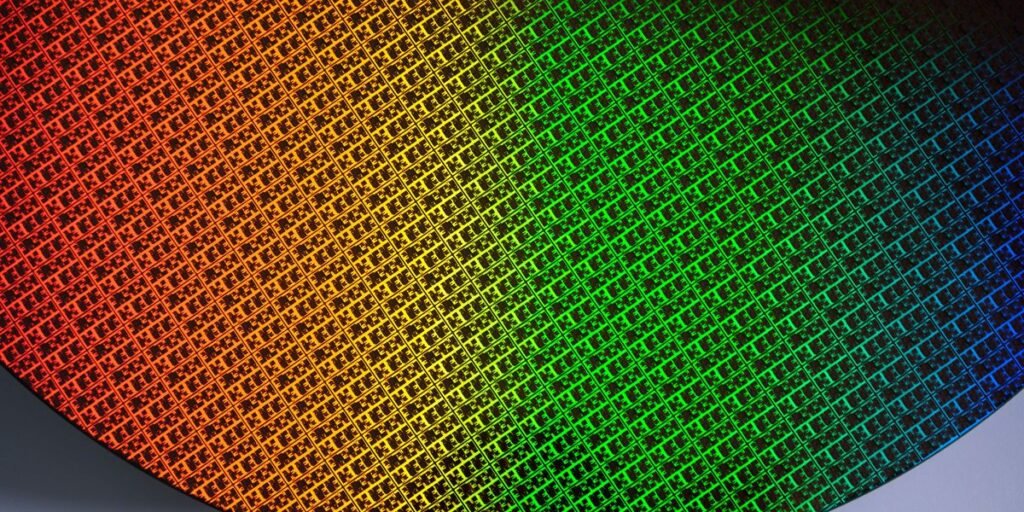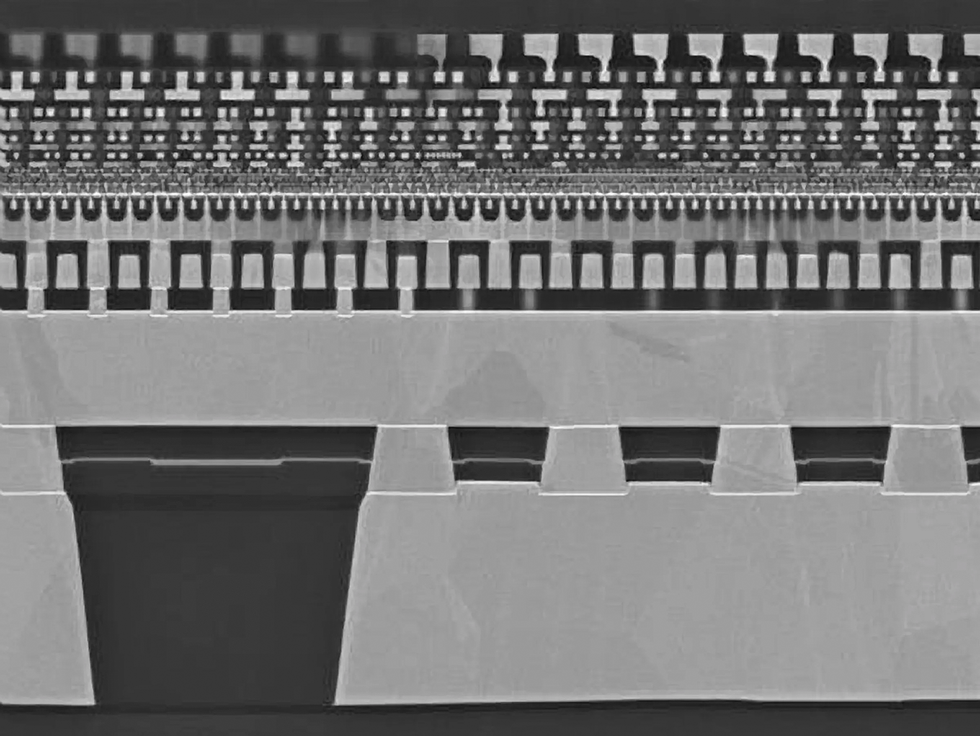
I wish to suppose I can study one thing about our readers from the listing of most learn semiconductor articles. What I feel I’ve discovered from this 12 months’s listing is that you’re as obsessed as I’m with packing increasingly computing energy into much less and fewer area. That’s good, as a result of it’s the principle objective of an enormous chunk of the business as nicely.
Not all of this listing suits neatly into that mould, however hey, who doesn’t love a millimeter-scale laser chip that may slice by means of metal?
1971 was a particular 12 months for a lot of causes—the first e-book was posted, the primary one-day international cricket match was performed, this reporter was born. It was additionally the primary time the semiconductor business offered greater than 1 trillion transistors. If TSMC executives’ predictions are appropriate, there shall be 1 trillion transistors in just one GPU inside a decade. Simply how the foundry plans to ship such a technological feat was the topic of probably the most learn semiconductor story we posted this 12 months.

Susumu Noda
Slicing by means of metal and different feats of optical superheroism have, till very lately, been the reserve of enormous carbon dioxide lasers and equally cumbersome methods. However now, centimeter-scale semiconductors have joined the membership. Known as photonic crystal semiconductor lasers (PCSELs), the units make the most of a fancy array of rigorously formed nanometer-scale holes contained in the semiconductor to steer extra power straight out of the laser. A PCSEL in-built Japan produced a steel-slicing beam that diverges simply 0.5 levels.
Intel had some huge ambitions in the beginning of the 12 months. Issues are trying rather a lot much less rosy now. However, the predictions of this January 2024 problem article have come to pass. Intel is about to fabricate chips utilizing a mixture of two new applied sciences, nanosheet transistors and back side power delivery. Though the principle competitors, TSMC, is moving to nanosheets quickly, too, the foundry behemoth is leaving again aspect energy for later. However Intel’s plans didn’t utterly survive contact with clients and competitors. As an alternative of commercializing its first iteration of the combo, known as 20A, it’s skipping on to the subsequent model, known as 18A.

Chris McKenney/Georgia Institute of Expertise
Graphene has lengthy been an attention-grabbing materials for future electronics however a irritating one, too. Electrons zip by means of it at speeds silicon may solely want for, tempting researchers with the potential of terahertz transistors. However it has no pure bandgap, and it’s confirmed actually troublesome to offer it one. However Georgia Tech researchers have given it one more go and provide you with a reasonably simple solution to make a semiconductor model atop a wafer of silicon carbide.

Intel
Intel’s foundry division is pinning its hopes on gaining foundry clients for its 18A course of, which, as famous above, combines nanosheet transistors and again aspect energy supply. There haven’t been lots of particulars about what clients plan to construct with this tech, however Intel executives did explain to IEEE Spectrum how they deliberate to make use of these applied sciences, and a few superior packaging too, in a server CPU codenamed Clearwater Forest.
 David Plunkert
David Plunkert
Can anybody beat Nvidia? It’s the subtext of so many articles about AI {hardware}, that we thought we should ask it explicitly. The reply: A really stable possibly. All of it depends upon what you’re attempting to beat the corporate at.

iStock
In a 12 months when america inked a blitz of preliminary offers as a part of its $52-billion attempt to reinvigorate its chipmaking industry, our loyal readers had been far more enthusiastic about India’s somewhat smaller moves. That authorities introduced a trio of offers, together with the nation’s first silicon CMOS fab. A key architect of India’s plans to spice up chip R&D explained it all to IEEE Spectrum later within the 12 months.
 imec
imec
Chip packaging is among the most vital features of the continuation of Moore’s Legislation, enabling methods product of many various silicon dies linked collectively as in the event that they had been one gigantic chip. And the most popular factor in superior packaging is a expertise known as 3D hybrid bonding. (I do know this as a result of I sat in on a minimum of 20 talks about it on the IEEE Electronic Components Technology Conference in Could 2024.) 3D hybrid bonding joins chips collectively in a vertical stack with connections so dense you can match hundreds of thousands of them in a sq. millimeter.
 KEK
KEK
Simply once you thought the making of superior chips was already a bonkers course of, right here comes a touch that the longer term shall be much more bananas than the current. Excessive-ultraviolet lithography immediately depends on a Rube-Goldberg-esque process of zapping flying droplets of molten tin with kilowatt-class lasers to supply glowing balls of plasma. However future chipmaking will need brighter gentle than such a system may present. The reply, some say, is a gigantic particle accelerator that saves power through the use of the high-energy physics model of regenerative braking.

Tesla
Like cowbell in a sure Nineteen Seventies rock anthem, future computer systems want extra silicon. How a lot? How about a whole wafer’s full of it. Again in April, the world’s greatest foundry, TSMC, laid out its plans for superior packaging, and that future factors towards wafer-scale computer systems. TSMC has technically been making one for some time now for Cerebras, however what it’s planning to supply within the coming years shall be rather more versatile and universally obtainable. In 2027 the expertise may result in methods with 40 occasions as a lot computing energy as immediately’s
From Your Web site Articles
Associated Articles Across the Internet


